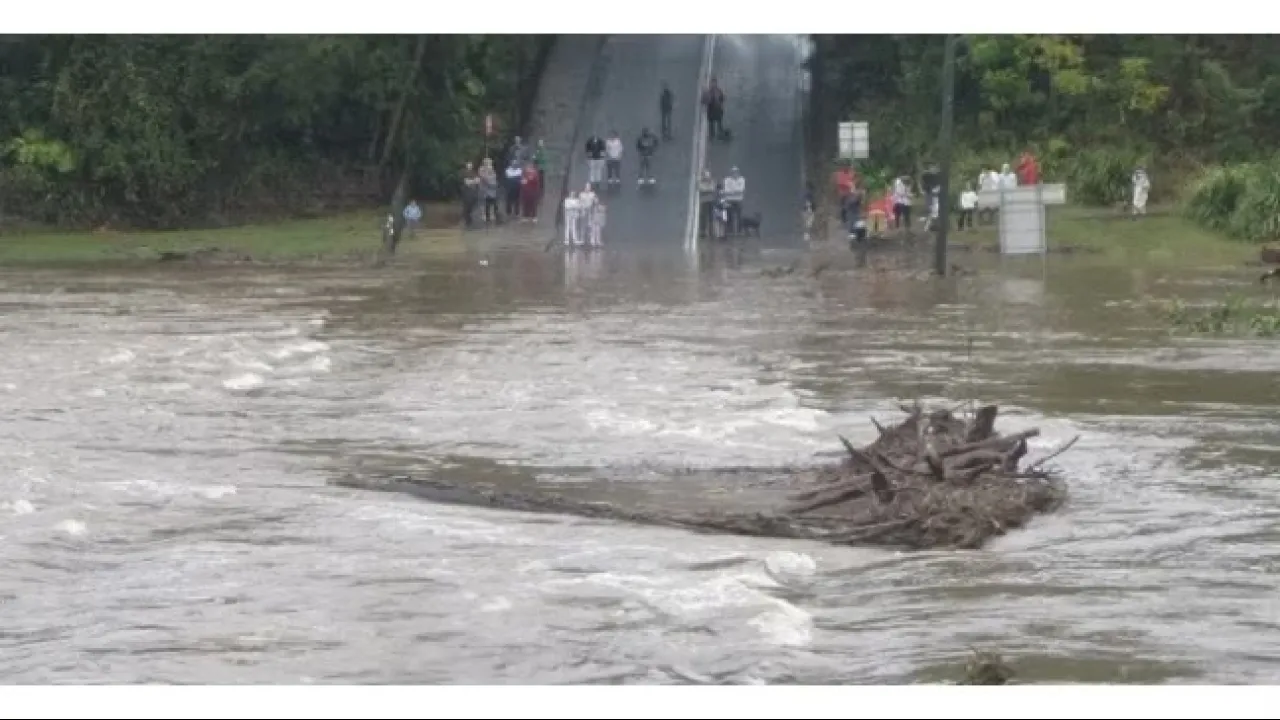
Getting a handle on extremes
About
By tapping into the power of extreme value theory, an international team of researchers including Raphaël Huser from the University's Computer, Electrical and Mathematical Science and Engineering Division has developed a statistical model that overcomes the shortcomings of previous schemes to provide a reliable basis for climate research and the prediction of drought and flood. The model can accurately describe observed rainfall data and reliably predict the likelihood of future extreme events.
The analysis of hourly or daily rainfall data presents many challenges for researchers and hydrologists due to the distribution of the data. There are many values in the average range and only exceedingly rare data associated with extreme events like 1-in-a-100 year storms. A lack of tools to accurately describe and extrapolate extreme events from available observations severely limits hydrologists’ capacity to reliably predict the frequency of flood events and expected flood levels.
“As extreme data are scarce by definition, it is very difficult to estimate extreme weather conditions and their frequency, especially beyond the maximum event in the observation period. Our model can be used, for example, to estimate the extent of a 100-year flood at a given location based on just 20 years of recorded data,” explained Huser. “The estimation of periods of extremely low rainfall is equally challenging using limited data.”
Read the full article
